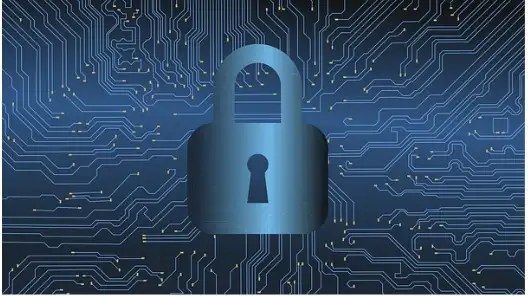
How higher education can protect student data from cyber siege
It’s an urgent problem that IT teams often struggle to address due to limited budgets and expansive IT infrastructures. However, there are practical solutions to strengthen your educational institution’s defenses without overburdening staff or incurring significant expense. With the right multifaceted approach, your institution can improve its resilience against cyber threats and maintain the security of sensitive student and faculty data.
Key challenges shaping cybersecurity in higher education
Higher education institutions face significant cybersecurity challenges that make it difficult to enforce strict security protocols and monitor endpoints effectively.
Universities and colleges typically manage multiple networks that support hundreds of applications across departments, along with thousands of connected devices — all of which create a vast attack surface that’s difficult to secure.
The widespread use of personal devices adds another layer of complexity, as those devices are often outside the university or college’s direct control. Compounding this issue, staff and students are often not trained on cybersecurity awareness, leaving them more susceptible to attackers.
With limited IT resources and tight budgets, higher education institutions struggle to invest in advanced security measures and dedicated cybersecurity teams. When limited cybersecurity maturity is combined with numerous points of ingress and egress, a constantly evolving digital landscape and constrained resources, it becomes increasingly difficult for universities and colleges to defend against cyber threats.
What a resilient cybersecurity framework looks like in higher education
Given the complexity of college and university IT systems, maintaining secure infrastructure demands a multifaceted approach. Higher education institutions that want to protect themselves from cyberattacks should:


